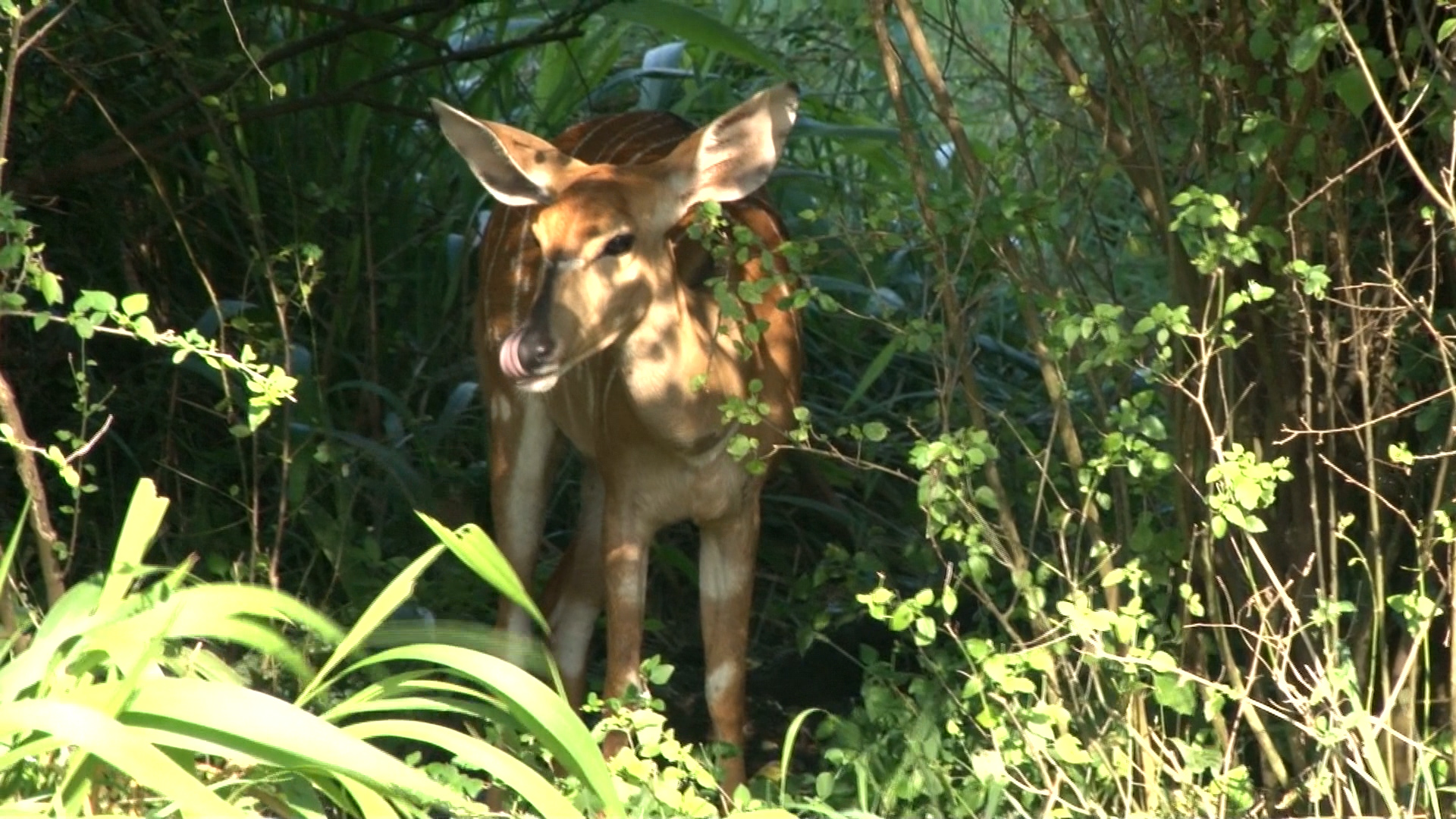In May 2018, I visited South Africa on a fact-finding tour in the hope of learning more about range management. I was particularly interested in its application to areas set aside for wildlife. In November of the previous year, I had visited an African Parks’ Reserve, Majete, in Malawi in an attempt to discover how it was managed. I was somewhat astonished and disappointed to learn that it wasn’t managed at all in the sense that I understood the term.
Certainly, it was well fenced and stocked with wildlife, artificial water holes had been dug and the Reserve infrastructure was well maintained. Anti-poaching efforts were effective, and some assistance was being provided to local communities. However, there was no attempt to assess whether the habitat was being under or over used.
My understanding of management is that it should involve the maintenance of biodiverse species with population sizes that do not over-tax their environment. This requires active rather than passive approaches from managers.
Bugs van Heerden, Chairman of The Conservation Imperative, was present in Majete during part of my visit there. He sympathised with my disappointment and suggested that I might learn some of what I needed to know by reading the 6thedition of Game Ranch Management (eds, Bothma and du Toit).
Accordingly, I returned to the UK, acquired the tome, ploughed through its 1000-odd pages and found it very useful. This led to further email exchanges with Bugs during which he suggested that I visit South Africa and volunteered to arrange meetings for me with a range of people who had expertise in my area of interest. These turned out to include 3 past Directors of National Park Boards, 2 ex CEOs of WWF-SA, 2 Park Managers (1 active and 1 retired), a rangeland ecologist currently working in the private sector, a founder member of African Parks and a current Park Director of Research – an impressive list!
My May visit, therefore, proved fruitful to the extent that I gained a much better technical understanding of what was entailed in active adaptive management. However, at the same time, it was somewhat depressing. It would seem that this style of management has now largely been superseded by laissez faire. Now, management of formally protected areas is primarily concerned with philosophy, politics and economics and appears to be non-reliant upon much understanding of such biological issues as demography, energetics and determinants of plant growth.
There does remain a reduced research base and the underlying biological facts established in the past are generally still accepted. However, modern managers seem to be prevented from taking actions appropriate to the protection of the habitat for which they are responsible other than to fight poachers. Much of the past habitat monitoring appears to have been abandoned for the simple reason that funds are inadequate and monitoring is expensive and irrelevant to a laissez faire approach.
It seems that active adaptive management is now only being practised on some privately-owned conservancies in South Africa. In fact, it is deemed by many of the new generation of academics to be unnecessary to adopt this approach if large areas of undivided territory are set aside for wildlife because, in such areas, nature can take its course and interference by man is likely to have more malignant than beneficial consequences. Examples of interference include culling, water hole creation and fencing. Suggested solutions to habitat damage caused by this interference always seem to involve the provision of extra territory as if it were both unlimited in extent and affordable to protect.
In the next two parts of this series of three articles I seek to understand why attitudes to management seem to have changed in a manner which, to me, seems retrogressive. Am I just an angry old man thinking that things have gone to pot since my day? Mahyou et al (2018) made the following observation in a paper, entitled “Phytomass Estimation”, published in the African Journal of Range and Forage Science: “The assessment of rangeland productivity in semi-extensively grazed arid rangelands is a prerequisite for livestock management in relation to pastoral resources”.
I consider that this statement applies equally to conservation of wildlife and it is something that requires detailed knowledge of biological processes. Perhaps, I am wrong. Have I, perhaps, failed to give due consideration to the views of concerned laymen who lack such knowledge but, nevertheless, provide funding and thus demand a say in management methods used? Might they be right despite their lack of specific technical knowledge?


